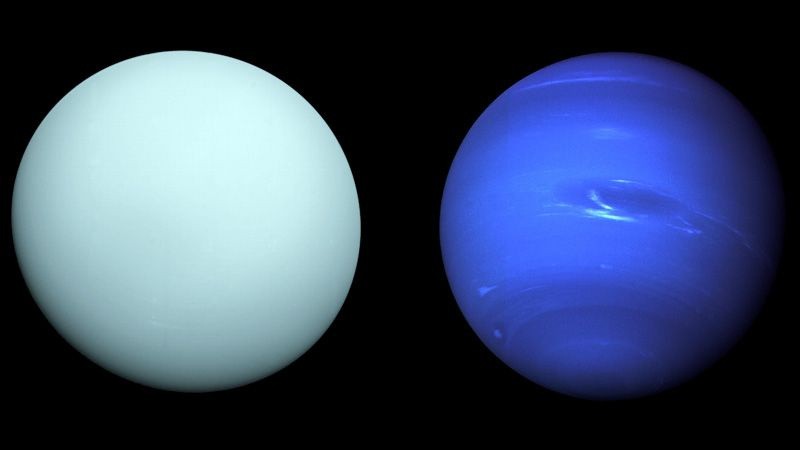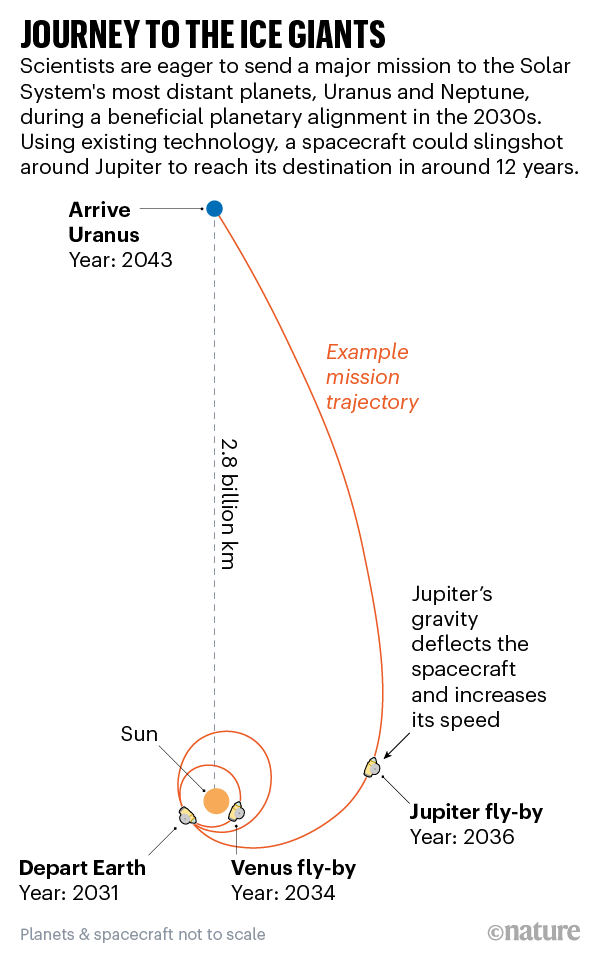
Uranus and Neptune are two of the farthest planets from the Sun and the planet Earth. Since these two are too far from planet Earth, scientists do not have yet proper knowledge and information about what these planets have or contain. However, today Mar. 6, this mindset might change, now that scientists have discovered a way to visit the planets for a longer time compared before.
[MUST-READ] You can soon enter and look inside Uranus-- in a deeper angle

We all know how planet Uranus is always the source of laughter and 'butt' jokes for everyone that must have heard its name. Though aside from its very funny name, Uranus is a spectacular planet that most scientists aim to study furthermore. However, since it is too far from Earth-- just like Neptune-- only limited information is available for these ice giants.
In the 1980s, scientists have already come up with a technology that sent spacecraft to planets Uranus and Neptune. Using NASA's Voyager 2, they found out that Uranus and Neptune are a fresh territory that scientists can study to learn more about planetary rings, atmospheres, moons, and oceans, according to Amy Simon, a planetary scientist at NASA's Goddard Space Flight Center in Greenbelt, Maryland.
Scientists will use spacecraft on a slingshot mode

As first reported via Nature, by the year 2030s, scientists will launch a mission that will take Earth spacecraft to the deeper parts of Uranus and Neptune. Using the same technology that they used in NASA Voyager 2-- but with lesser travel time--scientists come up with using the 'slingshot' method in order to fly the spacecraft through the speed burst that planet Jupiter will be creating.
This will cut the expenses and power needed for the spacecraft. Though 12 years is not a short time, it is already considered as the possible fastest travel to Uranus and Neptune since the planets are located too far from the Earth.
"The window is "the right time to launch," Mark Hofstadter, a planetary scientist at the Jet Propulsion Laboratory in Pasadena, California, said at the London meeting. "We don't want to miss this one."
Is traveling to Uranus or Neptune possible, though?
Though scientists already have their sketched plan for the launching, they also know that this exploration might require a multi-million dollar fund from NASA-- and unfortunately, as of now, this mission is not part of any priority missions of the agency.
Scientists hope that these planets can be part of NASA's priority projects in the future time.
"Uranus and Neptune are genuinely out on their own, as we haven't completed the very first phase of their exploration yet," says Leigh Fletcher, a planetary scientist at the University of Leicester, UK.
ALSO READ: A NASA Study Revealed Long Space Travel Can Be Deadly for Astronauts
ⓒ 2025 TECHTIMES.com All rights reserved. Do not reproduce without permission.




